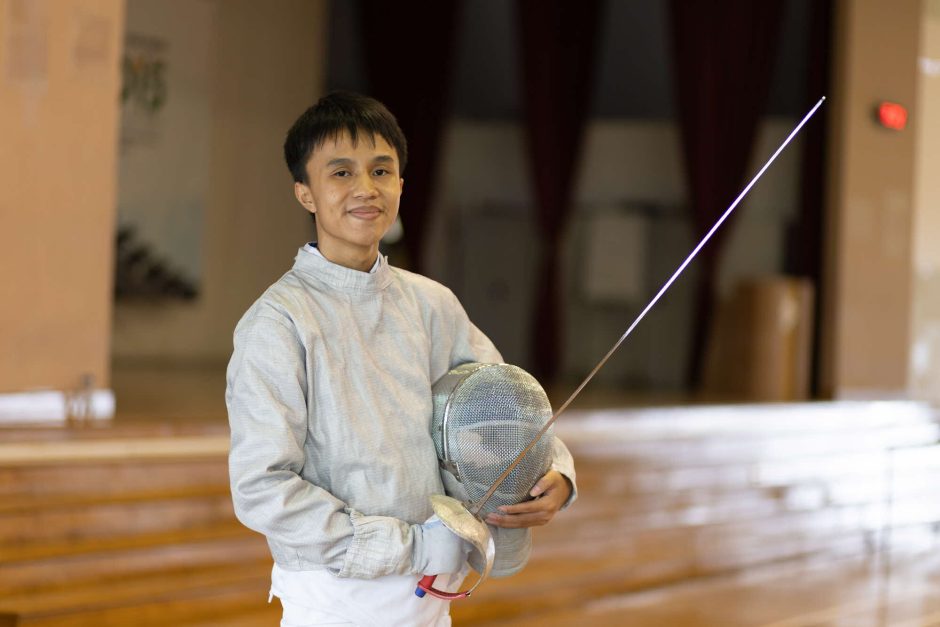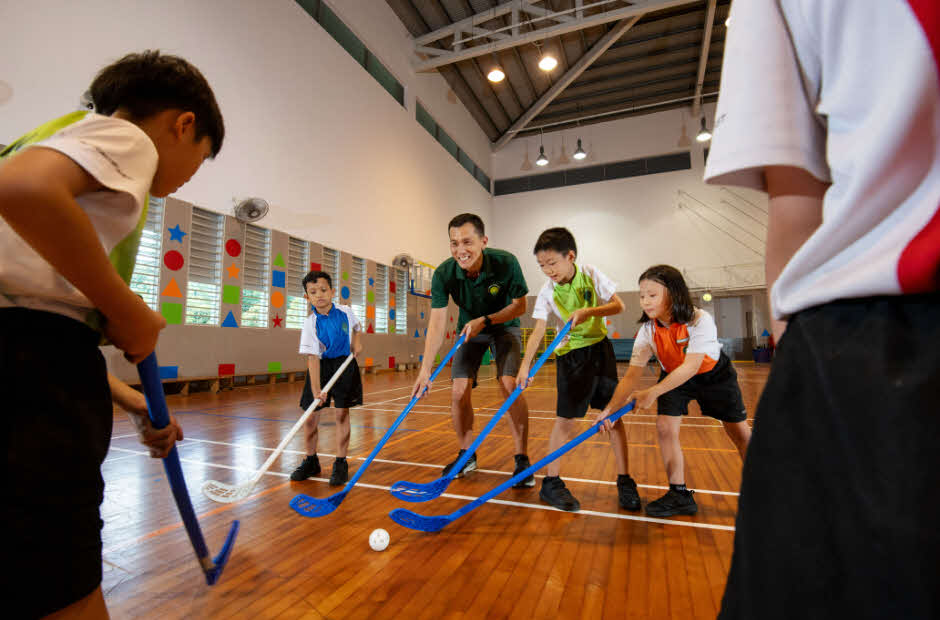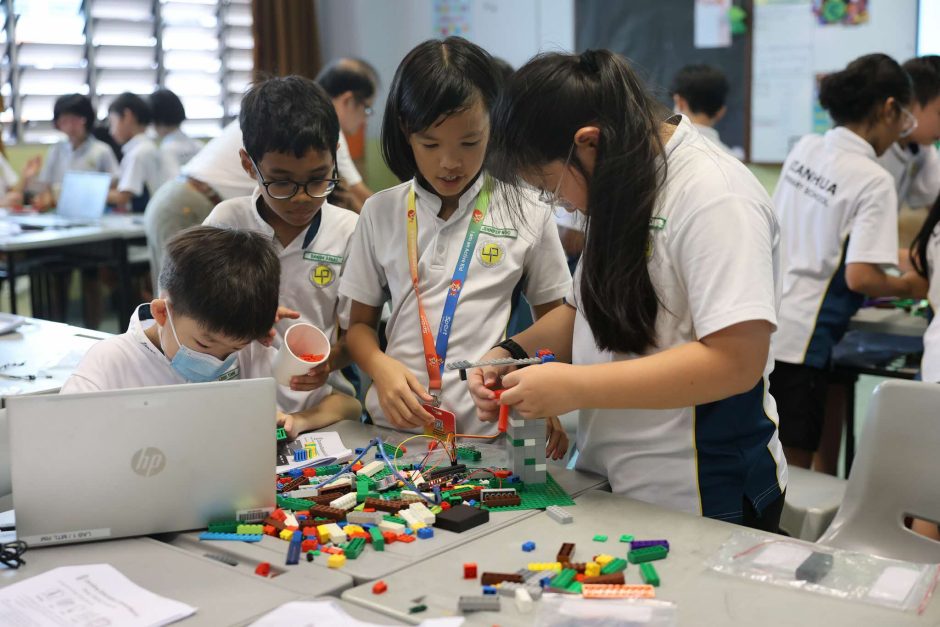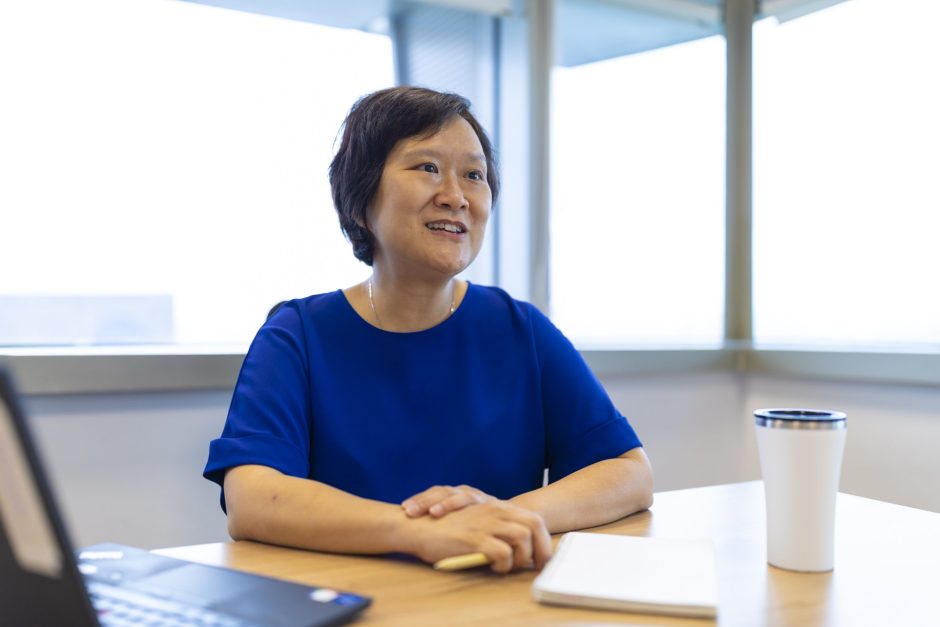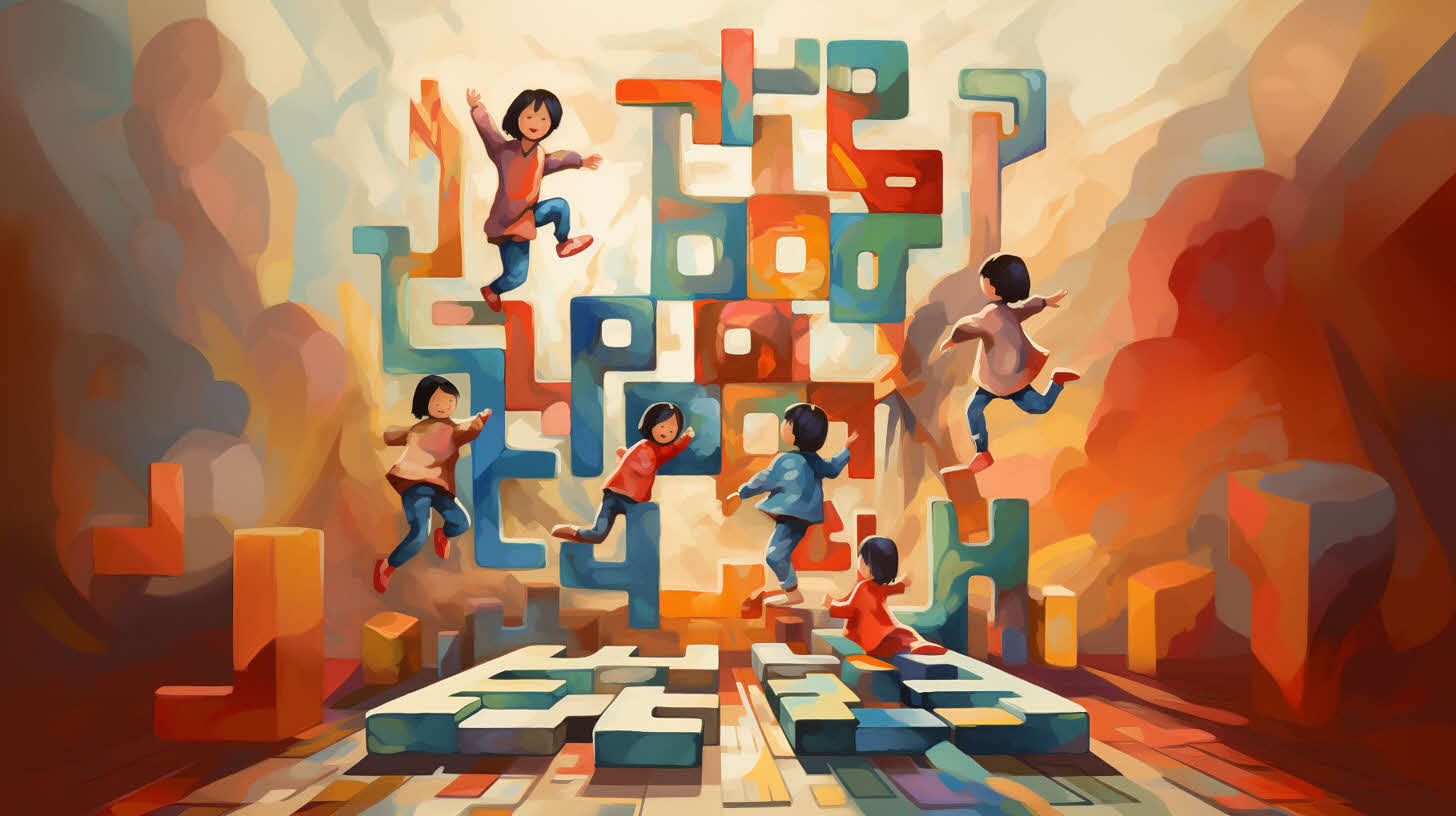How the arts and sports can hone life skills and provide lifelong emotional sustenance
31 Jul 2024
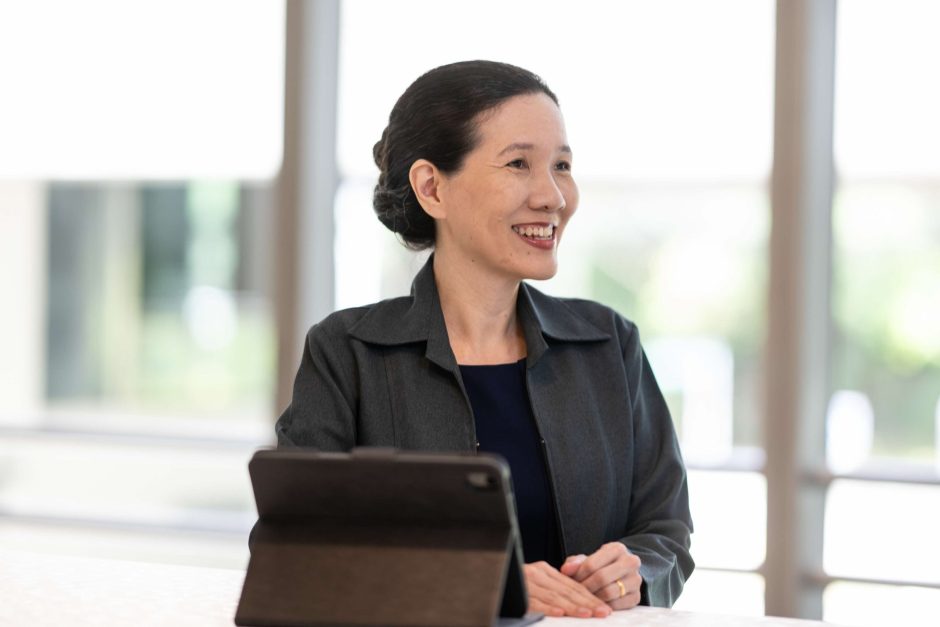
A strong foundation in the arts and sports can yield pragmatic benefits, but it may be their more intangible qualities that nurture students the most. Mrs Eugenia Lim, who oversees visual and performing arts, as well as physical, sports and outdoor education in MOE, weighs in.
Why are the arts and sports important to students’ education? Mrs Eugenia Lim, Divisional Director of MOE’s Student Development Curriculum Division 2, offers three answers to this question.
The pragmatic answer: They give you a professional edge
From data detectives to human-machine managers, new jobs are being created every day to meet new demands in this fast-changing world. That means there are jobs of the future that we cannot even imagine as yet. What is known is that “many innovations actually involve interdisciplinary efforts,” says Mrs Lim. “So you never know how what you learn today in the arts and sports can add value to your career.”
One famous example of this is Steve Jobs. The late founder of tech giant Apple was a keen student of calligraphy, and his finely tuned sense of aesthetics helped to turn the distinctive design of Apple products into a key competitive advantage. Closer to home, while Mrs Lim herself has an academic background in Chemistry, she has had a passion for the arts and sports since young, thanks to her parents’ belief in holistic education as well as school co-curricular activities. “So I can apply some of my own experiences to my current job,” she says.
In both the arts and sports, “you have to get used to the idea that there is no one correct answer, whether you’re talking about how to get the basketball from here to there with opponents in between, or the way to express your ideas and feelings through drama,” Mrs Lim observes. That means these are natural platforms for honing the creative exploration of multiple possibilities — qualities that are increasingly valued by employers across different fields.
“Employers don’t want to hire a whole team of people who think alike. They want diversity of views and innovative ideas,” she elaborates. “With technology able to do so many things these days, if you are just very good at something that is quite routine, you might be replaced by a robot very soon. So you want to be able to think out of the box when solving different problems in different arenas.”
Recognising the importance of Art, Music, and Physical Education, all teachers for these subjects are now properly trained in the relevant methodologies. “That means our students learn skills in a much more systematic way than in the old days, when our teachers were just doing the best that they could because they were often not trained in these areas,” says Mrs Lim.
For instance, students are now asked to articulate the creative intent driving their choices when creating artwork. Besides strengthening the conceptual depth of their artmaking process, this also sharpens students’ critical thinking and communication skills — which are, again, valuable skills in any professional context.
Beyond the universal applications of a strong foundation in the arts and sports, these are also areas that are sources of myriad professional opportunities. To help students gain exposure to these possibilities, MOE invites professionals in these fields to interact and collaborate with students. The Youth Station platform of the Singapore Youth Festival, for example, sees music professionals mentoring students as the latter create original songs.
For students who are passionate about pursuing careers in the arts and sports, there are now more education pathways that can help them work towards their dreams. Besides School of the Arts Singapore, there has been an increase in the number of schools offering specialised arts programmes such as the Art Elective Programme, Music Elective Programme, Enhanced Art Programme and Enhanced Music Programme, thus expanding students’ access to a deeper study of these subjects. On the sports side, the Singapore Sports School nurtures aspiring national athletes while the Exercise and Sports Science O-Level subject is now offered in more than 15 secondary schools.
In the post-secondary landscape, the polytechnics and the Institute of Technical Education in Singapore offer courses in the arts, design, sports, and outdoor education. In 2009, Nanyang Technological University launched its Sport Science & Management programme. This year sees the opening of the University of the Arts Singapore, formed by an alliance between LASALLE College of the Arts and Nanyang Academy of Fine Arts.
“These additions show that there is increasing recognition that Singapore has talent in these areas, and needs talents in these areas in order for our country to flourish,” says Mrs Lim.
The character-building answer: They help to hone life skills
A fast-changing world can bring more opportunities, but it can also mean more challenges. Recognising this, MOE identified the competencies that can help students thrive in the 21st century, and the arts and sports are uniquely positioned to instil these dispositions and skills.
Mastering a sport or an art discipline, for instance, involves learning how to face risks and setbacks. In the process, students build resilience and confidence. “Every student needs to be able to grapple with not just the possibility, but the inevitability of making mistakes and having to recover from them,” Mrs Lim believes. In the heat of a sports competition, for example, students have to figure out how to adapt and persist in the face of unfavourable conditions. The teachers-in-charge and/or coaches in these situations play a key role in helping students reflect on and learn from their experiences.
Beyond fostering an aptitude for innovative exploration, the no-one-right-answer nature of these pursuits also helps to prepare students to navigate a world where ambiguity is prevalent, and develop a sense of empathy.
“When you analyse artwork, you are trying to put yourself in the shoes of the artists, and figure out what they were thinking when they were creating the work,” says Mrs Lim. “You also learn that different people looking at the same work of art have different ideas about what it means. Realising that different people have different perspectives and we need to understand where people are coming from — that is a very important life skill to have.”
Teamwork is another critical life skill that can be developed through the arts and sports. “When, after hours of training together, you are able to play your part in a match, knowing that your teammates are depending on you and will also watch your back — that sense of fulfilment from striving together for something larger than yourself stays with you long after the match,” says Mrs Lim.
The non-transactional answer: They bring joy
The arts and sports have intrinsic worth. They are expressions of the joy that can be found in creativity and movement, as well as avenues for friendships and bonding. Participation in sports and outdoor activities also enhances both physical and mental health. As Mrs Lim puts it: “They play a very important role in our own wellbeing.”
That was very evident during the early years of the Covid-19 pandemic, when many arts, sports and camping activities for students were curtailed. “We did see our students’ physical, mental and social wellbeing being affected to some degree because they missed out on these activities,” she recalls.
As avenues where students can learn more about themselves and find joy, the arts and sports can become lifelong sources of emotional sustenance long after their schooling years have passed. While this intrinsic worth may not be as quantifiable as career pathways, “the intangible is becoming increasingly important in a transactional world,” Mrs Lim believes. “I think part of being happy is you need to be able to see beauty in things. There is beauty in a dance, and there is beauty in how a team executes a play during a football match. There is also beauty in the connections you forge while engaging in these activities. Being able to appreciate beauty lifts our spirits, brings forth gratitude, and that helps you to be a happier person.”
As such, she encourages parents to focus on the child’s growth and interest when spending time on the arts and sports, rather than adopt a more goal-oriented approach. Her personal experience informs her views. As a parent, she was fine with her daughter asking to stop formal piano lessons after her Grade 2 exam. Because she was given the choice to do so, she has continued to enjoy, perform and compose music. This has helped her professionally, and buoyed her during tough times.
Spending time with their children while exposing them to these pursuits is a good start, she suggests, and parents can make use of the plentiful and affordable community facilities and institutions in Singapore, ranging from parks to museums. Beyond that, “I would encourage parents to not just ask their children if they have finished their homework, or how was their Math or Science class, but also ask: what did you do in your Art lesson or Music lesson or PE lesson?” she says.
“These are subjects that can build emotional competencies, so ask them how they feel about what they experienced in those lessons. These can be opportunities for parents to share their own experiences about how they themselves did well or struggled in these areas. And those precious life lessons can be passed from generation to generation.”
We are on Telegram! Subscribe to our channel: https://t.me/schoolbag_edu_sg

